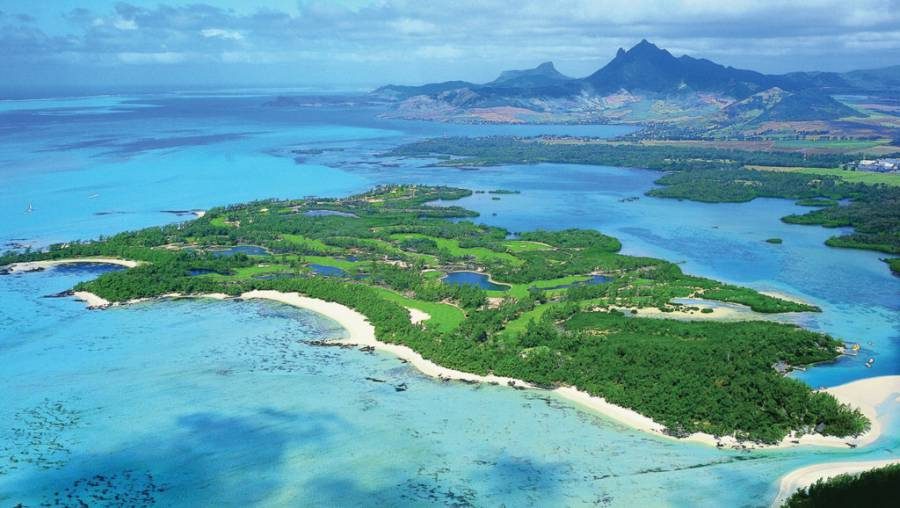Geologists have found traces of a rare mineral in rocks on the surface of the Indian Ocean island of Mauritius. Zircon pieces as old as 3 billion years were present in rocks, hinting at a lost continent lying underneath the island.
Lewis Ashwal of the University of Witwatersrand, Johannesburg led a team of researchers from the University of Oslo and the German Research Centre for Geosciences to study the crust of the African island.
The findings back earlier studies that found traces of zircon in the beach sands of Mauritius. The researching team published the paper in the British Journal Nature Communications on Monday.
‘Mauritia’ was a part of Gondwana before it sank into the ocean
The ‘lost continent,’ now named Mauritia, was most likely a landmass part of the supercontinent Gondwana before it split apart from the mainland and sank into the Indian Ocean approximately 200 million years ago.
Professor Lewis Ashwal explained Earth was made up of two main parts: continents and oceans. Continents are older since they have stood the test of time, slowly drifting apart from each other as separate landmasses that were once united in Pangea.
Oceans, on the other hand, are younger. Now, when the Professor calls oceans younger, he means in geological terms, as the rocks found on the seafloor or ocean basins are practically brand new in comparison to those found in continents.
Zircon played a stellar role in the discovery of the lost continent
This explanation is essential to understand why their findings are so significant. Zircon, the mineral they studied, is preserved better than other minerals and allows scientists to perform studies that accurately trace back its age.
Now, the presence of zircon in rocks already gives hints of continental origins, but finding them on Mauritius proved to be a surprise for Ashwal and company since the island’s crust is estimated to be no older than 10 million years.
“THE FACT THAT WE HAVE FOUND ZIRCON CRYSTALS OF THIS AGE PROVES THAT THERE ARE MUCH OLDER CRUSTAL MATERIALS UNDER MAURITIUS THAT COULD HAVE ONLY ORIGINATED FROM A CONTINENT,” Ashwal said.
The research team found crystals ranging from 2.5 to 3 billion years old in crust rocks analyzed on the island. Layers of volcanic eruptions covered the zircon traces.
For scientists, the search for zircon to study the origins of our planet has proved to be more fruitful than expected, and the method will continue to be used in dating other parts of the Earth.
Source: Nature Communications



